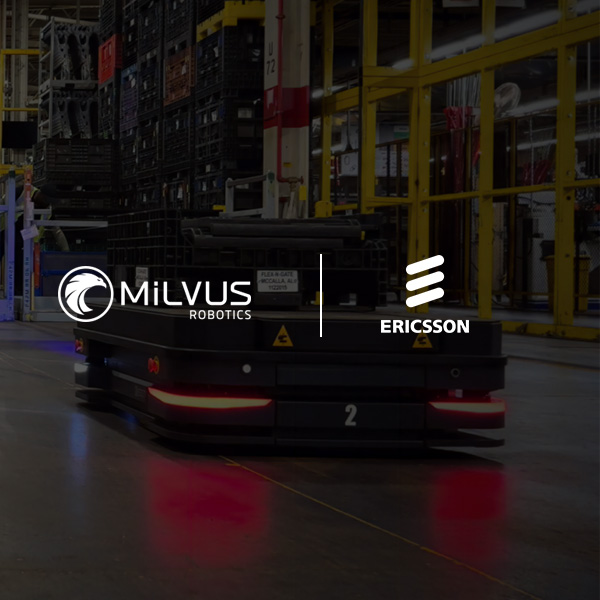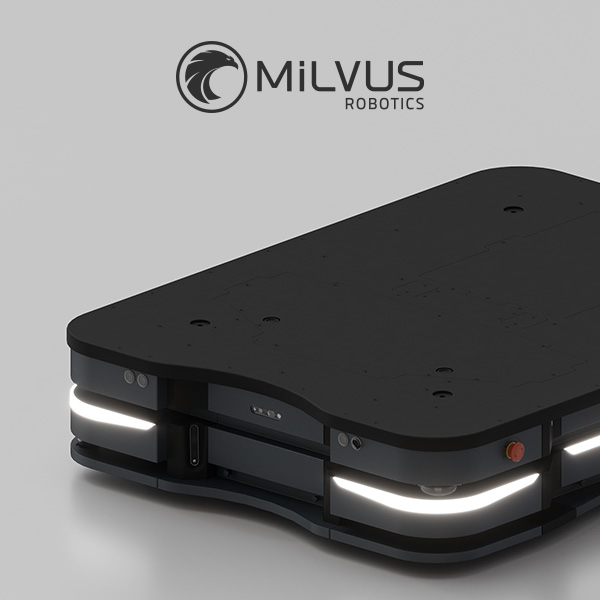Company News
Explore Milvus Robotics' latest insights, case studies, and news on autonomous mobile robots (AMRs). Stay ahead with industry trends, expert articles, and real-world success stories.
Milvus Robotics Raises Series A Funding to $5.5 Million
Milvus Robotics announced that its Series A funding round has extended to USD 5.5 million following a strategic investment by Ak Portföy Venture Capit
Milvus Robotics Secures 4.5 Million Funding to Accelerate Global Expansion
Milvus Robotics, autonomous mobile robot (AMR) company, announced today the successful completion of a $4.5 million fund
Milvus Robotics Secures its Initial Investment to Drive Next Phase of Growth
Milvus Robotics, a rapidly growing autonomous mobile robot (AMR) company specializing in intralogistics for factories an
Milvus Robotics joins Ericsson Enterprise Partner Program in the Industry 4.0 track for Device and Hardware Partners
Milvus Robotics announced today that it has executed the required agreement to participate in Ericsson Enterprise partne
Milvus Robotics Introduces New Series as The Safest AMRs on The Market
With extended safety features and increased navigational performance, the new SEIT500-S and SEIT1500-S autonomous mobile
Milvus Robotics Celebrates 10th Year in Business
Milvus Robotics is pleased to announce and celebrate our 10th year in business. Thank you for an incredible decade – an


.avif)

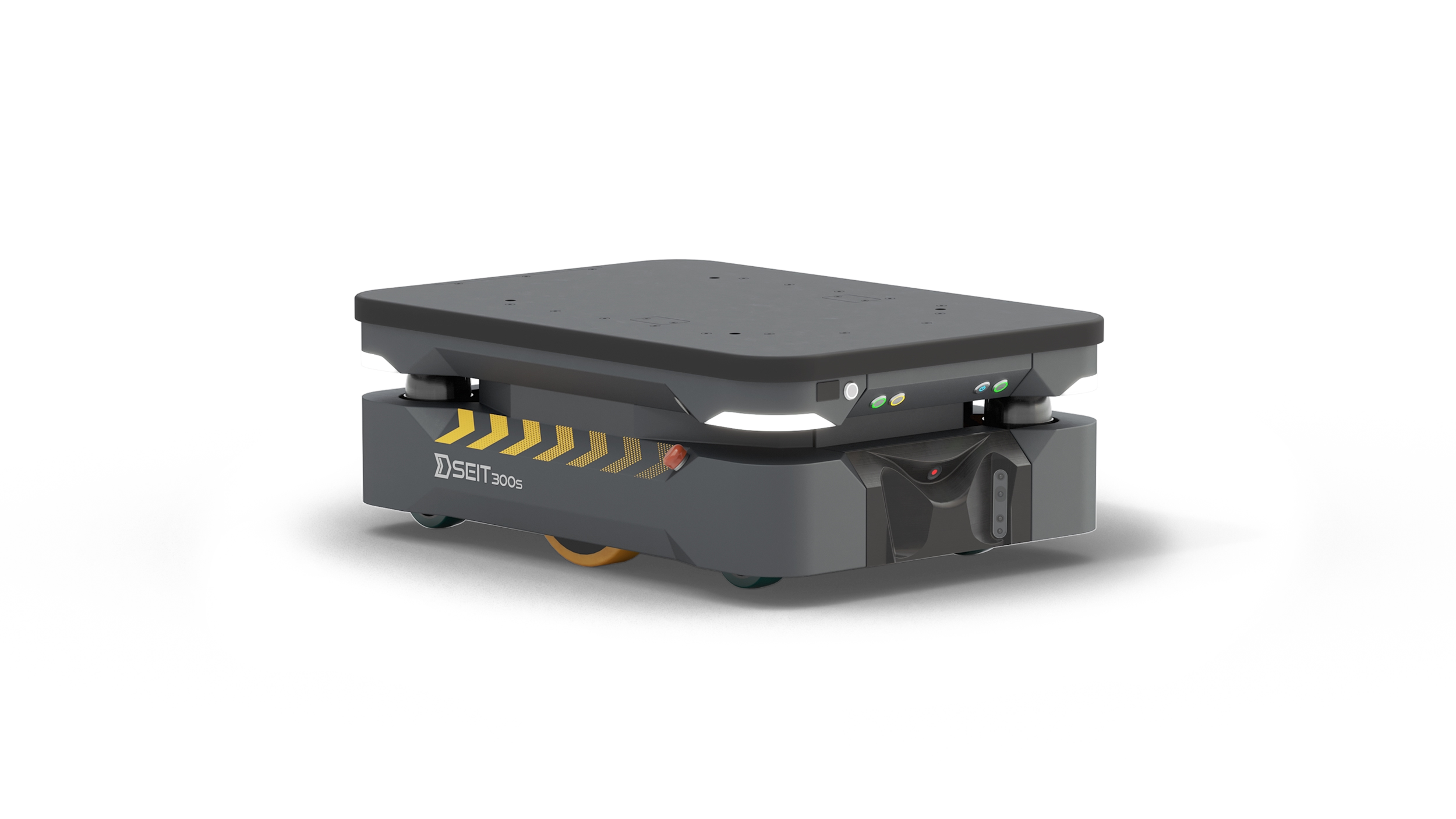

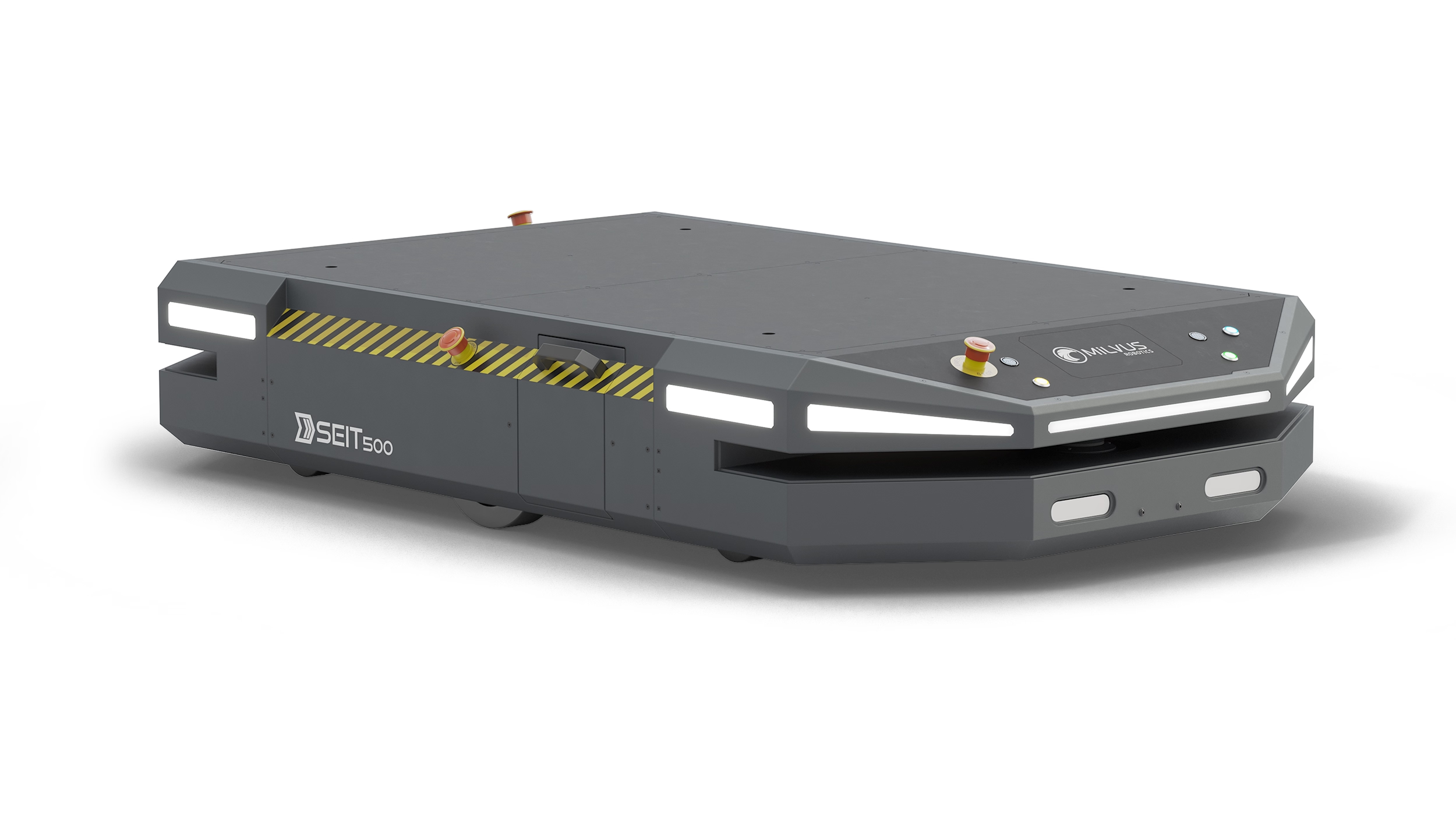

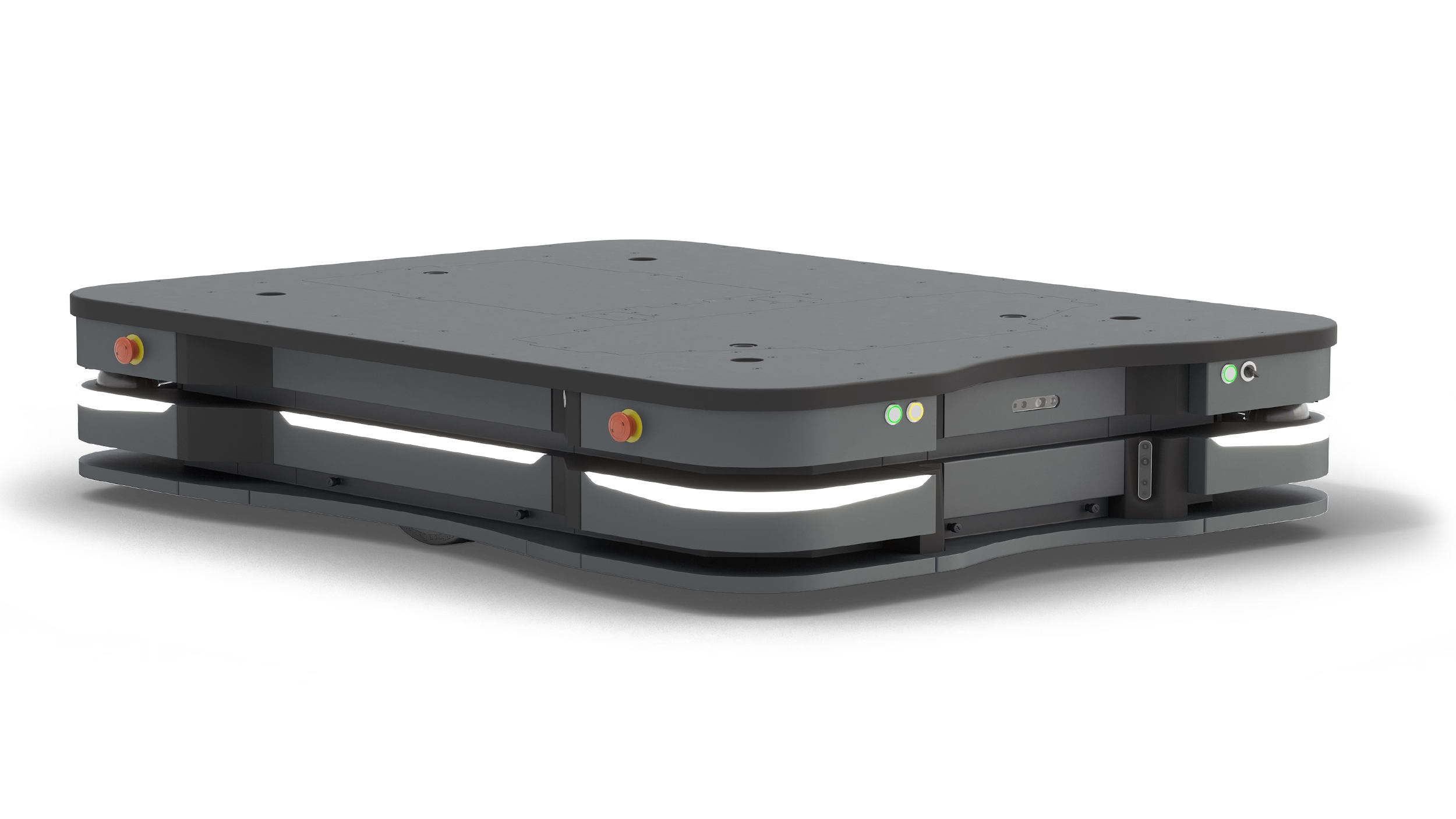

-(1200-x-628-piksel).jpg)


